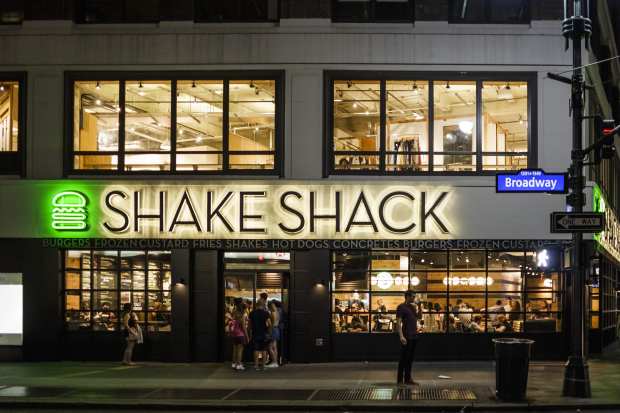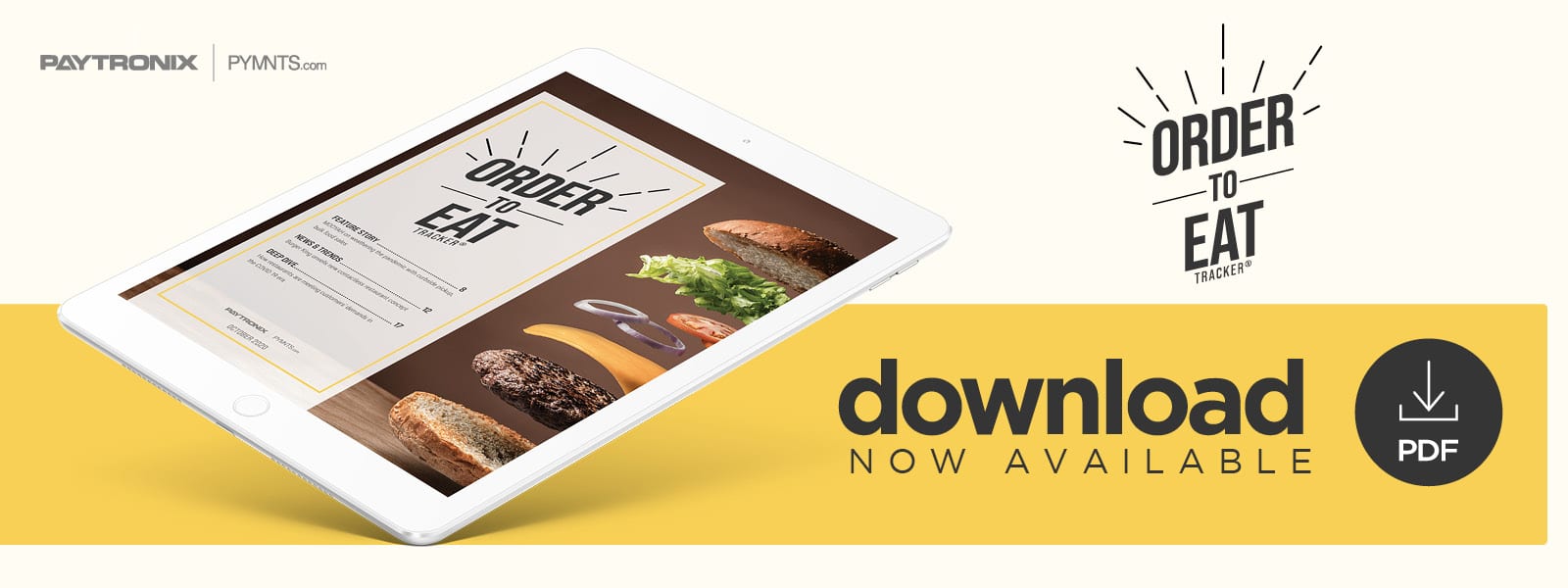The Ordering Innovations Attracting Restaurant Customers

The ongoing pandemic has hit few industries as hard as it has hit the restaurant industry, with stay-at-home guidelines and social distancing forcing many eateries to shut their doors either permanently or at least until the pandemic ends.
Restaurants’ profits declined by double digits between April and August, although such declines have slowed in recent weeks. Many eateries were forced to make profits solely through takeout and delivery services until recently, although some have begun offering outdoor and socially distanced indoor dining options. These recent developments could be stopped short by colder weather or surges in COVID-19 cases, however.
Successful restaurants have always listened to their customers’ needs, but eateries must now cater to their exact demands if they wish to stay in business. The risk of contracting COVID-19 has made consumers more cautious of dining out, meaning restaurants need to double down on safety and emphasize the benefits of on-premises dining to assuage consumers’ fears.
Mobile ordering services, advanced drive-thrus and customer safety and security are the top customer priorities for restaurants amid the pandemic. The following Deep Dive explores how restaurants are using the latest dining and ordering technology to satisfy these requirements.
Mobile Ordering
The pandemic has made mobile food ordering apps more popular than ever, but their use has been on the rise for almost a decade. A December 2019 study found that 70 percent of restaurant customers have used mobile devices to interact with restaurants, for example, although the nature of their interactions varies.
The most popular method of engagement was to look up coupons and deals, cited by 42 percent of consumers. Thirty-eight percent used their phones to look up menu items ahead of time, and 37 percent searched for the nearest location of a given chain. Digital food ordering has expanded 300 percent faster than dine-in traffic and continues to grow.
Restaurants are also rapidly launching and updating mobile apps to meet this rising demand. Sixty percent of those that have offered mobile ordering capabilities report generating incremental sales, with pizza chains in particular saying that the average mobile order is 18 percent larger than the equivalent placed by phone.
Even restaurants without their own in-house apps — such as many independent eateries — report that partnering with third-party service like Grubhub or Uber Eats has raised their sales volumes by up to 20 percent.
Drive-Thrus
Drive-thrus have also been key revenue streams for restaurants during the pandemic, as they enable limited contact between restaurant staff and customers and thus limit the risk of COVID-19 infection. Research reveals that drive-thru visits increased 26 percent in the second quarter of 2020 and that such visits accounted for 42 percent of all restaurant visits during this time. This builds on a trend that has been brewing for the past few years, the study found, as 39 percent of quick-service restaurant (QSR) customers reported that they used drive-thrus more in 2019 than in 2018.
Some QSR chains are taking note of this increased traffic and rolling out new drive-thru capabilities or adding lanes to existing restaurants. Shake Shack, which currently has no drive-thru locations, announced it would be developing a new “Shake Track” restaurant concept that includes drive-thrus and walkup windows. Chipotle is meanwhile fast-tracking its new “Chipotlane” concept, which entails customers ordering on their phones and picking up their meals at drive-thru lanes. The chain now has Chipotlanes in 32 states, and each has up to 10 percent higher sales than traditional Chipotle locations.
Safety and Security
Customers’ top priority regarding restaurants is their own safety, however. A survey found that 62 percent of customers worry about fraud — such as pilfered payment details, account takeovers or fake reviews being left in their names — when interacting with QSRs. One-third of these customers said that they would never patronize a specific QSR again if they experienced fraud using its app, revealing the importance of offering secure ordering experiences.
One of the most promising tools QSRs leverage to fight fraud is artificial intelligence (AI), which studies have found can increase fraud detection rates by 50 percent and reduce false positives by 60 percent. Chipotle, for example, has witnessed success with its AI-based fraud detection system, which leverages a data analytics-based approach backed by human analysts to verify its findings.
“When you’re looking at account takeovers, for example, it’s predominantly automated bot attacks that have an identifiable signature,” Curt Garner, Chipotle’s chief technical officer, said in an interview with PYMNTS. “As a retailer, you can say there’s no practical purpose why a customer would be trying to log on to your network using a bot. The security platforms that utilize AI and machine learning can also spot attack patterns as they try to morph into different vectors and very quickly block those transactions as well.”
Restaurants may be rolling out numerous innovations to keep customers engaged, but these efforts will be in vain if customers do not trust their favorite eateries’ data security. Securing payment data and other aspects of the customer experience is the keystone to driving customer demand during the pandemic and in the future.

